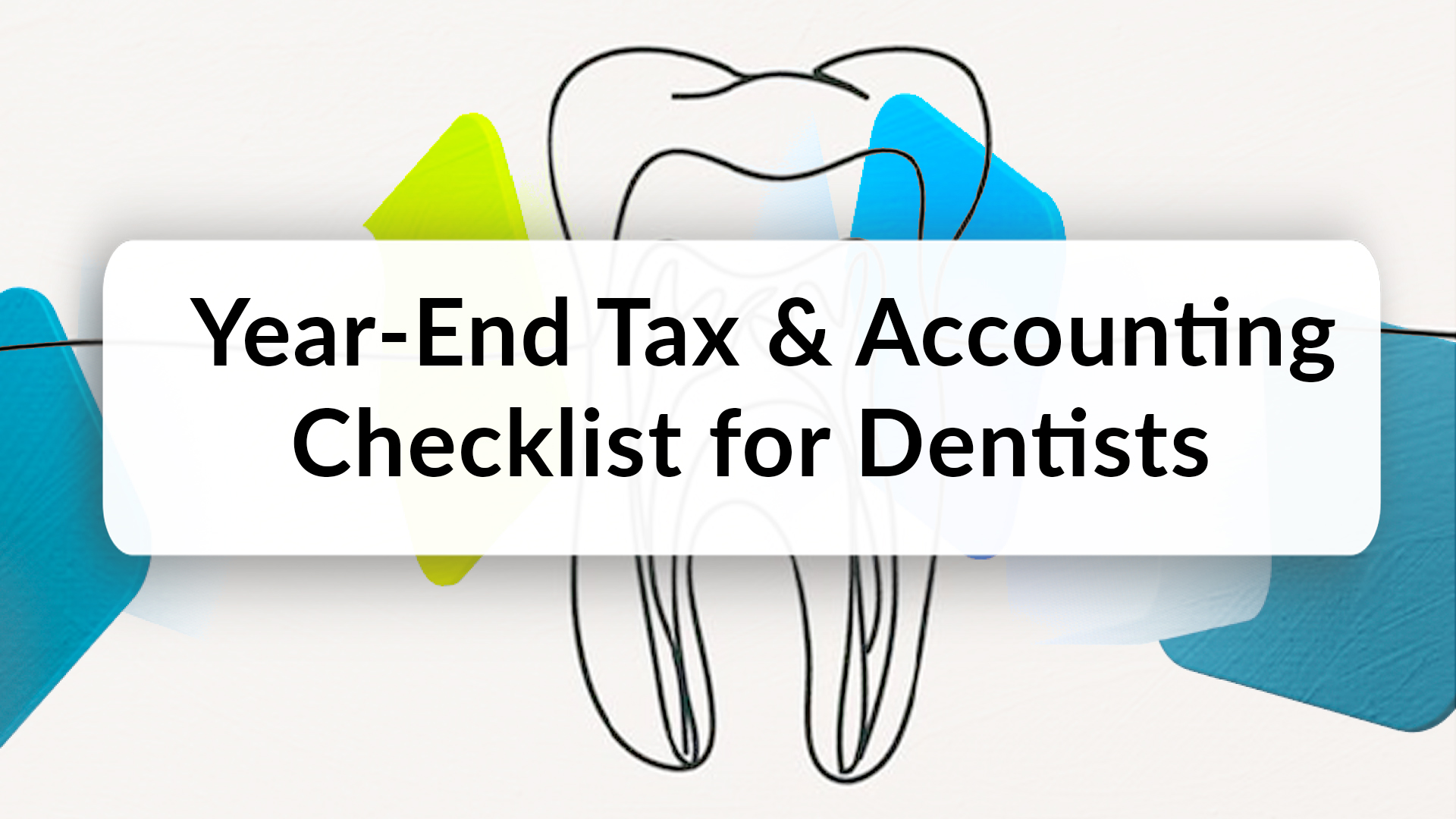
One of the first things I learned when I started my career in accounting is that numbers don’t lie. But they also don’t tell the whole story. In the case of a for-profit business, years of losses can speak to years of inefficiencies, OR years of research and innovation that will yield exponentially larger future earnings. Heavy cash reserves may point to healthy liquidity, OR they may indicate that the owners or employees aren’t being paid market-level salaries. For lenders or investors, which scenario is in play may mean the difference between lending/contributing capital or pulling out. Fortunately, investors and lenders generally have the experience to do their due diligence and make an educated decision.
In the case of nonprofit entities, the same rules apply. Negative changes in net assets can point to bad fiscal management, OR simply the expenditure of prior year grant revenue restricted for current year expenses without the securing of new restricted grant revenue (pure timing!). The problem is that the funders of not-for-profits are largely… well, us. Donors. We aren’t all professional lenders or investors, and unless you have a not-for-profit accounting or treasury background (I have an advantage here, I admit), it’s difficult to determine whether a nonprofit will be a good steward of your donation. And even that may not be enough. So what do we do? And more importantly, what should we do?
Some donors look to key metrics to evaluate a nonprofit’s fiscal management. A common metric used is the program expense-to-total expense ratio. If a nonprofit’s program expenses are at least 85% of total expenses, some charity rating agencies believe that to be a sign of good stewardship. But what if a non-profit is in the growth stage? …maybe $2,500,000 in revenue and a breakeven budget? That nonprofit still needs an executive director, an accounting team, probably IT, grant administration, and development staff. All of those costs are usually non-program qualifying expenses and can easily add up to $500,000 or more in salaries and related expenses for quality individuals. Adding to that – maybe $500,000 of that nonprofit’s total revenue comes from a special event that costs the organization $250,000 (also a non-program expense). Guess what? In that scenario, the nonprofit’s program to total expense ratio is only 70%. Does that mean that the other $1,750,000 isn’t being spent on worthwhile causes? Not at all. Does that mean they aren’t worthy of your donation? Not in the least. In fact, without your donations, that ratio may never go up.
Other donors tell the nonprofit what they can spend their donation on – which works as sort of de-facto “insurance” that the nonprofit won’t spend the money frivolously. For example, if the nonprofit is a community center, the donor could write a check for $10,000 and tell the nonprofit that they only want it spent on its teen program. Entirely commendable. In fact, a lot of foundations that donate to the Organization have made children and teen charitable programs their core funding focus, so the nonprofits’ teen program is very well funded and run. Unfortunately though, none of those dollars can be used to pay the Organizations’ administrative or development expenses because the donor has specified that they have to be spent on teen program costs. So while the nonprofit shows positive income each year, and the donor has “insurance” that their gift won’t be spent frivolously, the organization struggles to pay the salaries and benefits of its executive director, grants administrator, development director, etc. More so, the nonprofit knows that there is an equally great need to serve the senior citizen community, but finds it harder to find funding for that cause, so that program is largely under-developed. Did the donor make a bad decision? Not at all. But could they have made a better one by making a general donation that the nonprofit could use as they deem necessary? Possibly.
So what’s the answer? How does one make a decision on which organization is worthy of their funding? If your donation is sizeable – start by giving the Organization a call. Have a real conversation. Crazy, right? Talk with its development director, its executive director, maybe even a program director, and get an understanding of what the Organization has accomplished in the past, and what its current and future needs are. Review the Organization’s 990 without any preconceived metrics in mind – look to see if its executive director is being paid a reasonable amount (i.e. what are similar organizations paying their executive directors?), identify whether there are continued losses, or any other red flags. If you find anything concerning, call the Organization and see if they can provide an explanation. Or call a CPA that has nonprofit experience for their opinion. And if you really want to go big – volunteer! Two birds, one stone. You’ll be learning about the Organization while giving back. And there is no better way to assess an Organization’s worthiness of your donation than from an insider’s perspective.
No matter what you do to make your decision, if you give, you probably won’t go wrong. I’ve been auditing non-profits for over 11 years as part of my career at Sassetti, and some of my colleagues have been doing so for decades more. Together, we could probably only identify a handful or two of nonprofits that fell victim to fraud. More have probably fallen victim to poor management for periods of time but, by and large, recovered with new leadership in place. And despite these bumps in the road, all of these Organizations continued to serve needs in the community that many of us can readily identify, but don’t have the abilities to address ourselves. What we can do, however, is support the organizations that do have those abilities. Because they support the collective “us.” So, when the question is to give or not to give… to give is always the answer.




